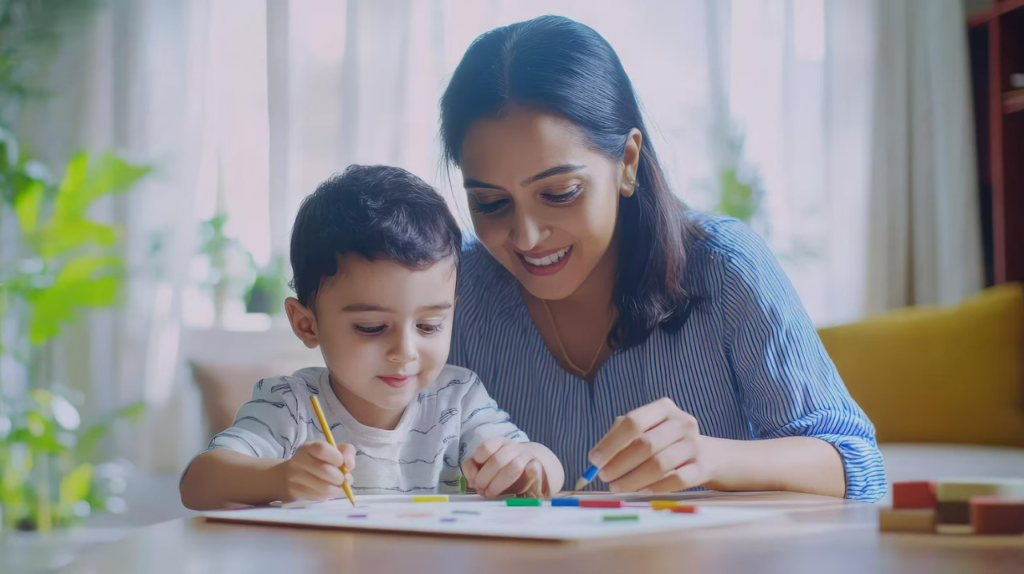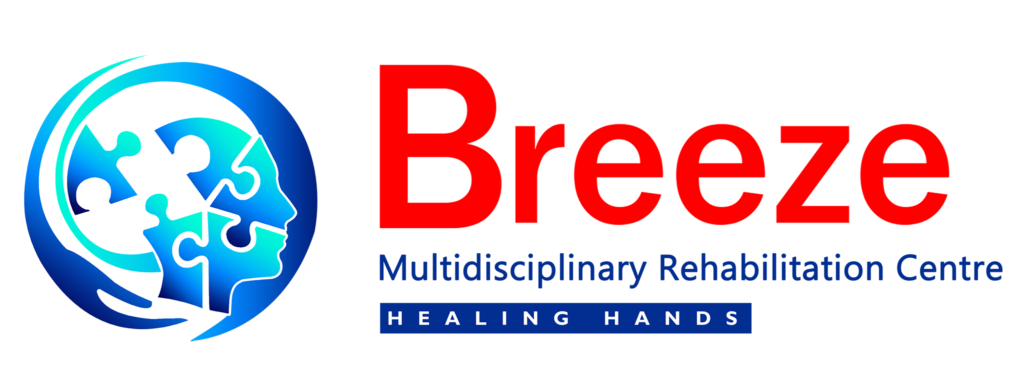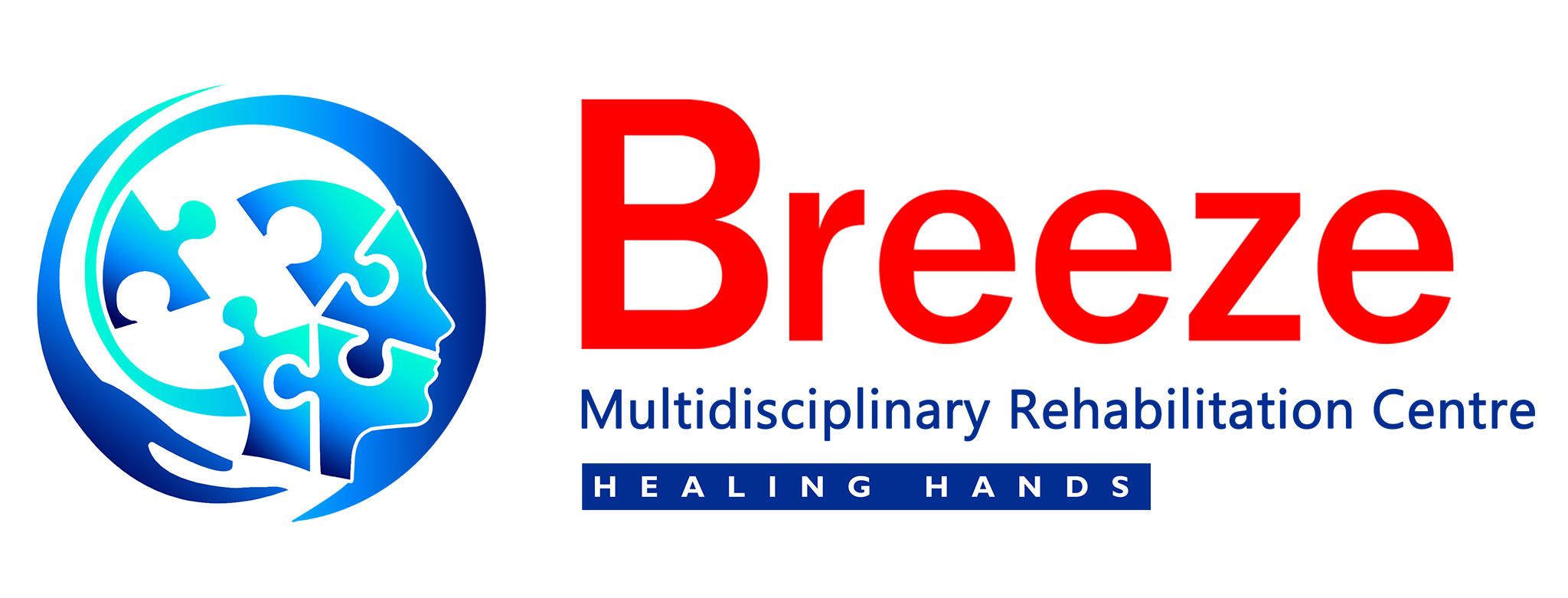
Special Education:
Special education is a type of education designed to meet the unique needs of students with disabilities. These students may have physical, emotional, behavioral, learning, or developmental challenges that make it difficult for them to succeed in a traditional classroom setting without extra support.
Key Features of Special Education:
🔹Individualised Education Program (IEP): A customized plan for each student that outlines their specific learning goals and the services they need.
🔹Specialised Teaching Methods: Teachers use different strategies, tools, or technologies to help students learn in ways that suit them best.
The goal of special education is to provide students with equal opportunities to learn and succeed, despite any challenges they may face.
Main Purposes of Special Education:
- Provide Access to Education
- Ensures students with disabilities have access to the same educational opportunities as their peers.
- Support Individual Needs
- Offers customized instruction, accommodations, and services based on each student’s Individualised Education Program (IEP).
- Promote Academic Success
- Helps students reach their full learning potential in reading, writing, math, and other academic areas.
- Foster Independence
- Develops life skills, problem-solving, and self-advocacy to prepare students for independent living, employment, or further education.
- Encourage Inclusion
- Supports participation in general education classrooms and school activities whenever possible.
- Address Social and Emotional Development
Builds self-esteem, confidence, and social skills, helping students interact successfully with peers and adults.
Who Benefits from Special Education?
Special education supports students who have a wide range of disabilities that impact their learning and development. These include:
- Learning Disabilities
- Example: Dyslexia (difficulty reading), dysgraphia (difficulty writing), or dyscalculia (difficulty with math).
- Students may struggle to keep up with grade-level content without specialized instruction.
- Speech or Language Impairments
- Includes difficulty with speaking, understanding, or using language effectively.
- May involve issues like stuttering, delayed speech, or language processing problems.
- Autism Spectrum Disorders (ASD)
- Students may have trouble with communication, social skills, and behavior.
- Support might include structured routines, visual aids, and social skills training.
- Cognitive Impairments
- Also known as intellectual disabilities.
- These students may learn more slowly and need simpler instructions and extra practice.
- Emotional or Behavioural Disorders
- Includes conditions like anxiety, depression, or conduct disorders.
- Students may need help managing emotions, behavior, and social interactions.
- Physical Disabilities
- May involve mobility issues, chronic health problems, or other physical limitations.
Support can include accessibility tools, physical therapy, or adapted physical education.
Specific Learning Disabilities:
1. Auditory Processing Disorder (APD)
Also known as Central Auditory Processing Disorder, this condition affects how the brain interprets sounds.
- Difficulty recognizing subtle differences between sounds in words.
- Trouble locating where sounds are coming from.
- Challenges understanding the order of sounds.
- Problems filtering out background noise.
2. Dyscalculia
A learning disability that impacts understanding of numbers and math concepts.
- Poor comprehension of math symbols.
- Difficulty memorizing and organizing numbers.
- Struggles with telling time and counting.
- Trouble learning math facts.
3. Dysgraphia
A learning disability affecting handwriting and fine motor skills.
- Illegible handwriting.
- Inconsistent spacing and poor layout on paper.
- Difficulty with spelling and written expression.
- Struggles with writing while thinking.
4. Dyslexia
A language-based learning disability that affects reading.
- Challenges with reading fluency and decoding.
- Poor reading comprehension and recall.
- Issues with writing, spelling, and sometimes speech.
- Often coexists with related disorders.
5. Language Processing Disorder (LPD)
A type of APD that affects understanding and using language.
- Difficulty attaching meaning to words, sentences, and stories.
- Impacts both expressive and receptive language.
- Differs from general APD (Auditory Processing Disorder) as it specifically involves language sounds.
6. Visual Perceptual/Visual Motor Deficit
A disorder affecting how visual information is understood and acted upon.
- Difficulty distinguishing shapes and letters.
- Frequently loses place while reading.
- Struggles with drawing, copying, and hand-eye coordination.
Early intervention services:
At Breeze CDC, our early intervention services for learning difficulties are designed to provide support to infants and young children, and adolescents who show signs of developmental delays, including early learning challenges in areas such as communication, thinking, behavior, or motor skills.
Purpose of Early Intervention in Learning Difficulties:
🔹Identify learning problems early before they become more severe.
🔹Support brain development during critical early years.
🔹Help children develop essential skills needed for school readiness (e.g., language, attention, social interaction).
🔹Empower families with strategies to support their child at home.
Learning Areas Targeted by Early Intervention:
- Cognitive development
- Early problem-solving, memory, attention, and learning behaviours.
- Language and communication
- Delays in speech, difficulty understanding or using words, or limited vocabulary.
- Motor skills
- Fine motor (writing, grasping) and gross motor (sitting, crawling, walking) skills that support classroom tasks.
- Social-emotional skills
- Trouble interacting with others, regulating emotions, or understanding social cues.
- Adaptive/self-help skills
- Skills related to everyday tasks like feeding, dressing, and following routines.

